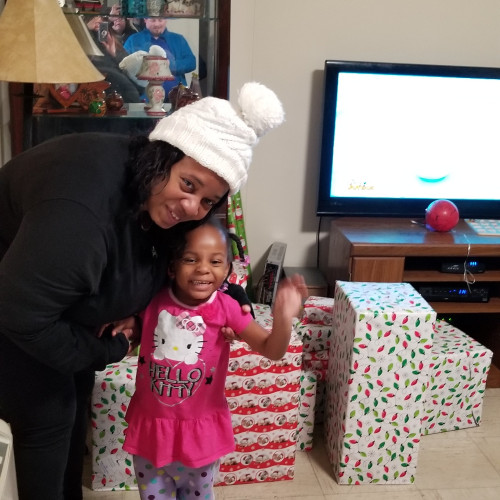
Rental Assistance Demonstration (RAD)
The Rental Assistance Demonstration (RAD) allows public housing agencies (PHAs) and owners of HUD-assisted properties to convert units to project-based Section 8 Programs.
RAD Overview
Have you heard the term “RAD” but are not sure what this acronym stands for? Here is a brief explanation of “Rental Assistance Demonstration,” highlighting the most important details, and how RAD affects our organization and residents.
There are approximately 1.2 million units across 3,300 public housing authorities (PHAs) throughout the United States. The Rental Assistance Demonstration (RAD), passed by Congress in 2012, gives PHAs and owners of HUD-assisted properties, the ability to convert units to project-based Section 8 programs. This provides an opportunity to invest billions of dollars into properties that could otherwise be at risk of becoming lost from our nation’s affordable housing inventory. RAD also gives the owners of three HUD “legacy” programs (Rent Supplement, Rental Assistance Payment, and Section 8 Moderate Rehabilitation), the opportunity to enter into long-term contracts that facilitate the financing of improvements.
For our residents of People First, a RAD conversion will affect your housing assistance and experience in the following ways:
- You will not lose your housing assistance.
- You will not be rescreened.
- Most residents will not have rent increases as a result of a RAD conversion.
- Residents may join meetings with PHAs, for discussion on proposed conversion plans, to ask questions, express concerns, and provide comments.
The RAD Benefits
- It is an opportunity to reconnect.
- The conversion allows access to common financing tools.
- The conversion gives tenants access to Section 8 network.
- Partial and total permanent relocation allows for de-concentration.
- Private financing sources ensure operational rigor.

RAD Statistics
-
100,000Over 100,000 Public Housing Units have been Converted to Section 8 using the RAD program.
-
$57,000Units are receiving an average of $57,000 per unit in improvements.

